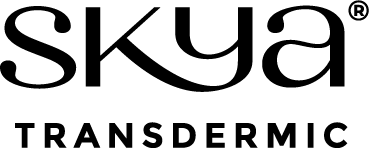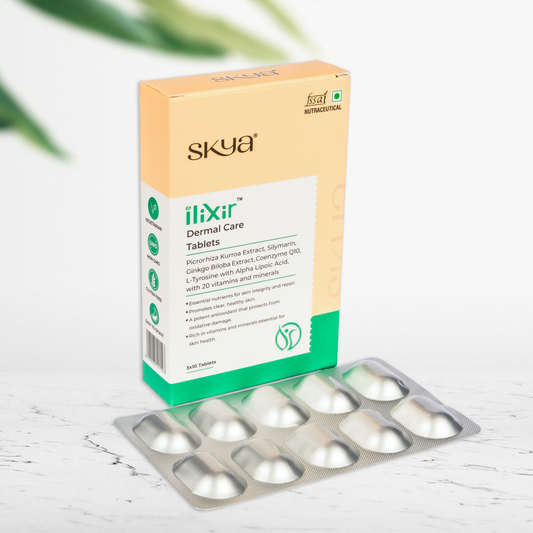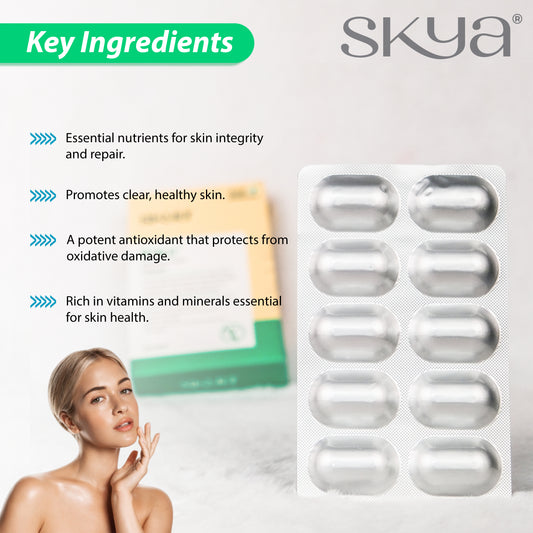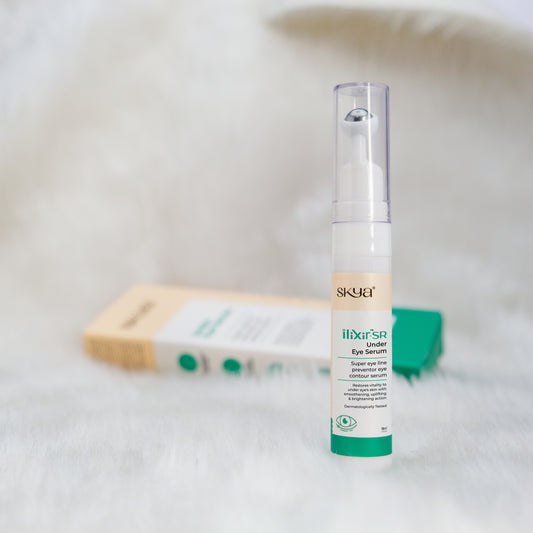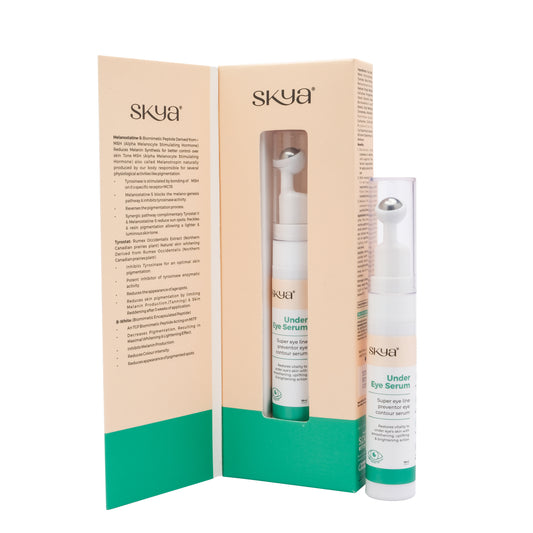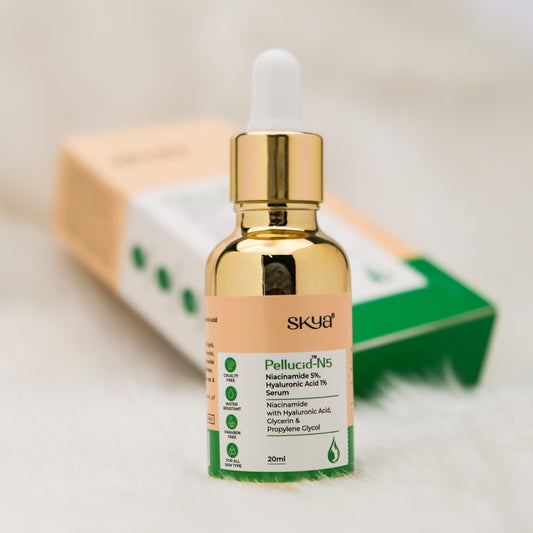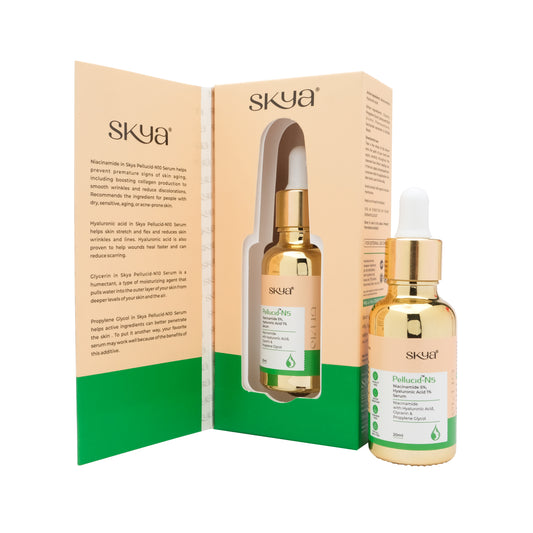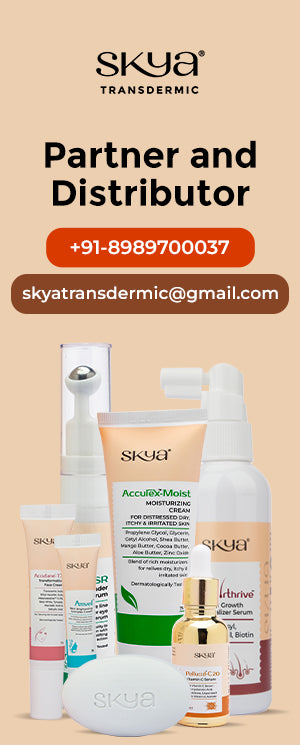Glycolic Acid Overview: Skin Care Uses, Side Effects & More – Glycolic Acid is a water-soluble alpha hydroxy acid (AHA) made from sugar cane. AHAs are natural acids that are found in foods. Glycolic Acid is one of the most widely used AHAs in skincare products. It removes the top layers of dead skin cells and also seems to help reverse sun damage to the skin. These are the natural acids that come from plants. They consist of tiny molecules easily absorbed by your skin and used to improve skin texture and other anti-aging uses. This blog will explore the overview of glycolic acid: skin care uses, side effects, and more. Stay Tuned!
Glycolic Acid is mostly used for acne, aging, skin, dark skin patches on the face, and acne scars. Don’t get confused with other alpha hydroxy acids, including citric acid, lactic acid, malic acid, and tartaric acid; these are not the same as Glycolic Acid. It is also used for stretch marks and other conditions, but no scientific proof supports these other uses. In this article, we will take a closer look at what Glycolic Acid is and how it is helpful for your skin. It also includes tips for choosing the right product and using it safely.
How Glycolic Acid Works
Glycolic Acid has the smallest molecules of all the AHAs, allowing it to absorb into the skin and remove dead skin cells even better than other AHAs. Glycolic Acid increases the turnover rate of epithelial cells, eventually helping in peeling the skin. It kills bacteria, reduces inflammation, and unplugs blocked pores. Glycolic Acid triggers your skin to make more collagen. Collagen is a protein that makes skin elastic and plump, strengthening your bones and connective tissues.
Glycolic Acid is for external use only. Avoid contact with eyes, lips, mouth, and nose; if it comes in contact with any of these areas, wash with water immediately. The common side effects of glycolic acid include dry skin, burning sensation, skin rash, etc.
What Does Glycolic Acid Do for the Skin?
There are many reasons why Glycolic Acid treatment is well-known for skincare, which includes:
Anti-aging – It improves the skin tone and texture and smooths fine wrinkles.
Hydration – It prevents the skin from getting dry and plumps the skin.
Sun damage protects collagen and removes dark skin patches caused by sun damage.
Complexion – when used regularly, it brightens the skin.
Exfoliation makes pores appear smaller by helping the skin shed dead cells and preventing ingrown hair.
Acne – It cleans out pores to prevent blackheads and inflamed breakouts.
Hyperpigmentation – It fades away dark spots caused by sun damage.
How to Use Glycolic Acid Safely
Generally, Glycolic Acid works well and is very safe for your skin. You should know a few things before using glycolic acid to keep your skin safe.
Apply sunscreen – you must wear it when using glycolic acid because it makes your skin sensitive to the sun. You don’t want to undo all the good glycolic acid does, and also, don’t end up sunburnt.
Allow your skin to get used to glycolic acid – Glycolic acid usually takes time to get used to your skin. At first, your skin gets irritated or red, but after a week or two, your skin will get used to glycolic acid.
Accept the process – After your first few treatments, your skin may feel rough. It just means glycolic acid is working and is normal. Keep using your glycolic acid product unless your skin is irritated, and you will see the results.
How Glycolic Acid is Beneficial for Skincare
There are various benefits of Glycolic Acid, some of them include:
Reduces fine lines and wrinkles – One of the major benefits of glycolic acid. It reduces the appearance of fine lines and wrinkles by removing the top layer of the skin, accelerates skin cell renewal, increases collagen production, and smooths fine wrinkles.
Hydrates the skin – The key benefit of glycolic acid is that it hydrates your skin.
It makes the skin feel bright and smooth – its little molecules go deep beneath your skin, eliminating dead skin cells and making your skin tone bright, smooth, and radiant.
Fights acne – it helps to remove acne and also acne patches. It removes dead skin cells and triggers breakouts.
Side Effects of Glycolic Acid
The most common side effects of Glycolic Acid are:
- Burning sensation
- Itching
- Skin irritation
- Swelling
- Skin rash
- Dry skin
- Erythema
Conclusion
Glycolic acid is an alpha hydroxy acid that comes from sugar cane. It absorbs into the skin and promotes cell turnover. It gives your skin a healthier, more glowing look. It is most commonly used in anti-aging products. It also supports collagen production and protects the skin against sun damage.
Frequently Asked Questions About Glycolic Acid Overview: Skin Care Uses, Side Effects & More
Question 1. What is the effect of Glycolic Acid on the face?
Ans. It helps to speed up cell turnover, clear pores, smooth fine wrinkles, fade dark skin patches and sun damage, improve skin tone, and hydrate skin.
Question 2. Is it safe to use Glycolic Acid?
Ans. At first, Glycolic Acid can irritate your skin; it may take a while for your skin to get used to it. Suppose your skin starts to become irritated at any time. Take a break until the irritation is gone.
Question 3. What are the common side effects of Glycolic acid?
Ans. Some common side effects are dry skin, itching, burning sensation, skin rashes, etc.
Question 4. What skincare products contain Glycolic acid?
Ans. Some skincare products containing Glycolic acid include glycolic acid serum, at-home glycolic acid peel, glycolic acid toner, acne treatment, texture smoother, weekly facials, glycolic acid pads, tone unifiers, and many more.

